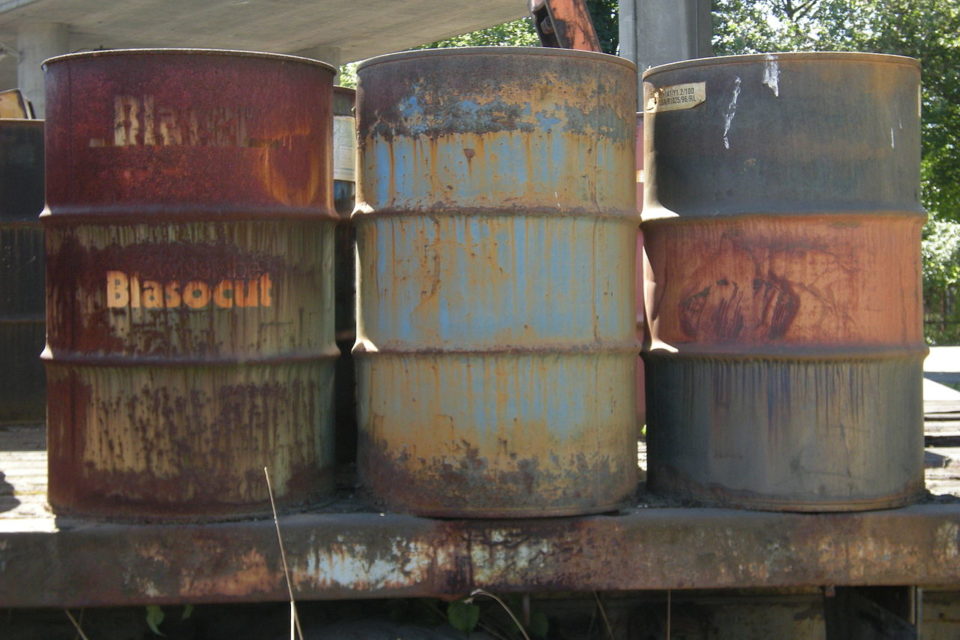How The Oil Majors Are Handling The Petroleum Market Meltdown

In the wake of the economic slowdown started by the coronavirus pandemic, it’s been an unprecedented few months for the global energy industry. While the markets may have nominally recovered from the headline grabbing sub-zero oil future prices seen in late April, the prices of Brent and WTI crude have continued to hover under $40 per barrel, far less than most operators need to turn a profit. With the NBER having just announced the U.S. is officially in a recession, the oil majors are tightening their belts to weather the storm.
“The oil price has plunged well below the level we need to turn a profit. We are spending much, much more than we make — I am talking millions of dollars, every day. We have to spend less money.”
BP Strikes First
When the first pangs of the oil downturn struck in March, supermajor BP instituted a three-month moratorium on layoffs. Unfortunately for workers, when that freeze ended on June 8th, the company announced it was cutting 10,000 workers. That number represents 15 percent of the British supermajor’s entire workforce. The cuts, announced in a memo from CEO Bernard Looney, comprise mostly those in senior office positions and will take place before year end. The restructuring is set to align with BP’s goal to become both financially and environmentally sustainable. Laying out the difficult path ahead, Looney said: “The oil price has plunged well below the level we need to turn a profit. We are spending much, much more than we make — I am talking millions of dollars, every day. We have to spend less money.”
Seeing as BP spends $22 billion a year on operations, with a third of that massive budget going to staff, it’s unclear if these cuts will be enough to stop the bleeding. The market seems to think more belt tightening will be needed, with the stock down roughly four percent (as of market close Tuesday) since Monday’s announcement. That said, BP is not alone in its struggles.
Next Up: Chevron, Shell, & Oil Field Servicers
Shell, traditionally the largest of the publicly listed supermajors, had to cut its dividend for the first time since WWII. The company’s CEO, Ben van Beurden, said on an investor call: “Considering the risks of a prolonged period of economic uncertainty, including the weaker demand in our products, lower, and the less stable commodity prices, we do not consider that maintaining current level of shareholder distributions is in the best interest of the company and its shareholders.” Shell isn’t alone in dividend cuts either, as another major energy supplier, Norway’s Equinor, made the same move only days before Shell.
American oil companies are hurting as well. California-based Chevron is letting up to 6,700 staff go, and Texan oilfield services company Halliburton has laid off nearly 2,700 employees already. Energy consulting firm Rystad Energy has predicted that over one million oilfield service jobs will likely be cut this year. The riskiest part of the situation is what Shell’s van Beurden calls “the crisis of uncertainty.” While speaking with investors, he said: “We are looking at a major demand destruction. We don’t even know that will come back. So the oil price may come back, but if the volumes are significantly lower, we still have a major dislocation.”
With oil prices unlikely to recover in the short term, energy market watchers are waiting to see what moves the energy giants make next. With economic uncertainty expected to last for months, time will tell if the oil majors will be spurred to increase investments in alternative energy, or if their belt-tightening will also mean cuts to promising investments in hydrogen, solar, and wind power.
Header image courtesy Joe Mabel



